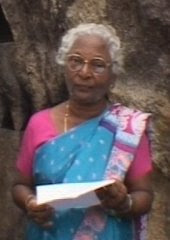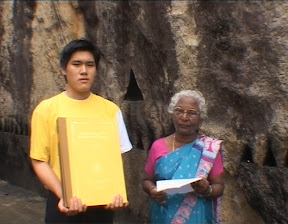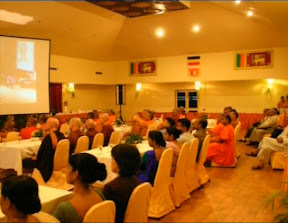A Closing Statement

Dr. Lily de Silva, Emeritus Professor
Pāḷi & Buddhist Studies, University of Peradeniya
Delivered at
The Dhamma Society's Report on the World Tipitaka Project
The International Conference for Pāḷi & Buddhist Studies
Le Kandyan, Kandy, Sri Lanka
15-16 November B.E. 2546 (2003)
The Romanised Tipiṭaka Project or the electronic Saṅgīti has employed the latest means of preserving the Pāḷi Canon, using the most modern technology available today. Efforts to preserve the teaching of the Buddha were started first by the Bhānakas who committed the discourse to memory and transmitted them to posterity. Next came the edits of Emperor Asoka, ola leave manuscripts of Aloka Vihara, the wooden blocks of the Hareensa Temple in Korea, and the printing press.
This Romanised Tipiṭaka is different from the Pali Text Society editions, prepared by Western scholars, by being the effort of 2500 erudite virtuous monks from the most important Theravada Buddhist countries of the world. It is a set of texts unique in sacred quality, derived from the noble conduct of the monks who participated in the Chanṭṭhasaṅgāyanā, celebrating the 2500 years of Sāsana history.
It is, therefore, a rallying point of piety, saddhā as well for Buddhist at a time when dry intellectual gigantism is destroying the quality of the very air we breath, debilitating even the hospitality of mother nature. Wisdom and compassion of the Buddha are symbolically venerated by this e-saṅgiti, to stimulated saddhā, the positive emotional quality of the heart, in the Buddhist in particular, to promote human and humane value in this war-torn world where Mammon, Knera, the god of wealth seems to be in competition with even the value of human life.
Thank you.
Thank you.


